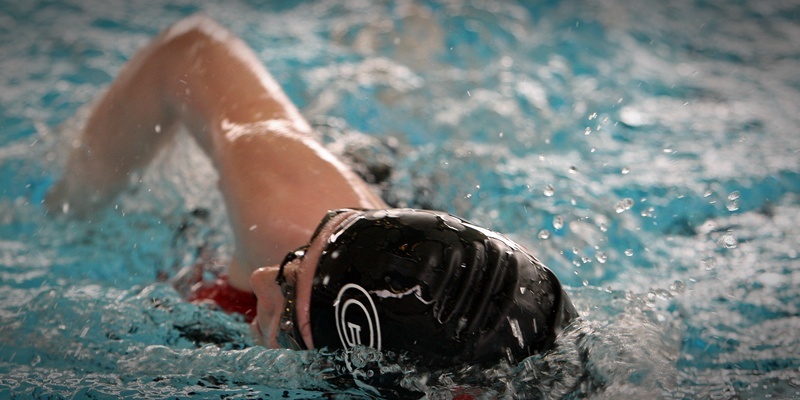After weeks of controversy and anger, the Fife Sports and Leisure Trust has insisted that new “guidelines” stating instructors should not enter the pool during swimming lessons do not constitute a “ban”.
The trust also blamed the media for any contention surrounding the development, insisting that the regulations had been misunderstood.
There was a huge outcry when news of the new rules broke last month (link), with one councillor branding them “drivel”. Parents said it was a case of “politically correct bureaucracy gone mad.”
The Fife Sports and Leisure Trust insisted that the ruling which seemed to effectively outlaw all but poolside teaching had been introduced “in the interests of safety.”
Following a meeting with concerned parents, officials at the trust insisted that “misleading reports in the media” had led to unnecessary worry.
A statement said: “The trust welcomed the opportunity to meet with representatives of a parents’ group and local councillors to explain its swimming teaching guidelines in light of recent press reports.
“The meeting, held in Cupar, allowed parents to voice their concerns and find out more about Scottish Swimming guidelines, which are adopted throughout Scotland by local authorities, leisure trusts and swimming clubs, now being rolled out across the trust’s eight swimming pools in the region.”
Parents had suggested that the guidelines would adversely affect pupils’ safety. Among those concerned was one mother of a child who had to be pulled from the water after he got into difficulty. She feared he would not have been so swiftly pulled to safety had the instructor been at the poolside rather than in the water.
Wendy Watson, customer service manager for the trust, suggested that the media’s handling of the situation was to blame for much of the anxiety. She also insisted it was never the intention to “ban” instructors from entering the water.
“We are delighted to have been able to meet with representatives of a Cupar parents’ group and elected members to explain more fully the trust’s position on its swimming programme, particularly in light of misleading reports in the media,” she said.
Continued…
“Both parents and councillors confirmed that they were happy with the outcome of the meeting. There was a consensus that, by adopting Scottish Swimming’s national guidelines, the trust will be able to deliver a much more consistent and better quality swimming programme to the parents and children of Fife.”
Ms Watson said she hoped the “misinformation and speculation” would not deter parents from enrolling their children in swimming classes.
“The meeting allowed us to explain the positive reasons for teachers being poolside and confirm that, contrary to recent press reports, there has been no ban on swimming teachers entering the water,” she added.
“When necessary, the trust always intended to provide a teaching assistant in the water. This is in line with Scottish Swimming best practice.
“We were also able to explain that the trust is going to offer smaller class sizes, with a ratio of one teacher to one, two or four pupils as is the case in some of its centres currently on a Fife-wide basis.
“This, along with improved teacher training and qualifications, will deliver a better, more consistent and higher-quality programme across all of the trust’s centres.”
Ms Watson pledged to make more information available to parents.
She added: “The trust hopes that the level of misinformation and speculation will not deter parents from enrolling their children into a swimming lesson programme. Learning to swim is a life-saving skill.”
The press were not invited to the recent talks but a spokeswoman for the parents who attended said: “The trust did concede that the situation has been handled badly. The whole idea was to phase in the changes but Cupar Swimming Pool, along with a couple of others, jumped the gun and implemented the changes immediately in August, rather than over the planned four months.
“We did ask what would happen to any teachers who decide they still feel their presence in the pool is best practice and were told that they will simply have to follow the guidelines as there has, in the leisure trust’s eyes, been more than adequate consultation.”
